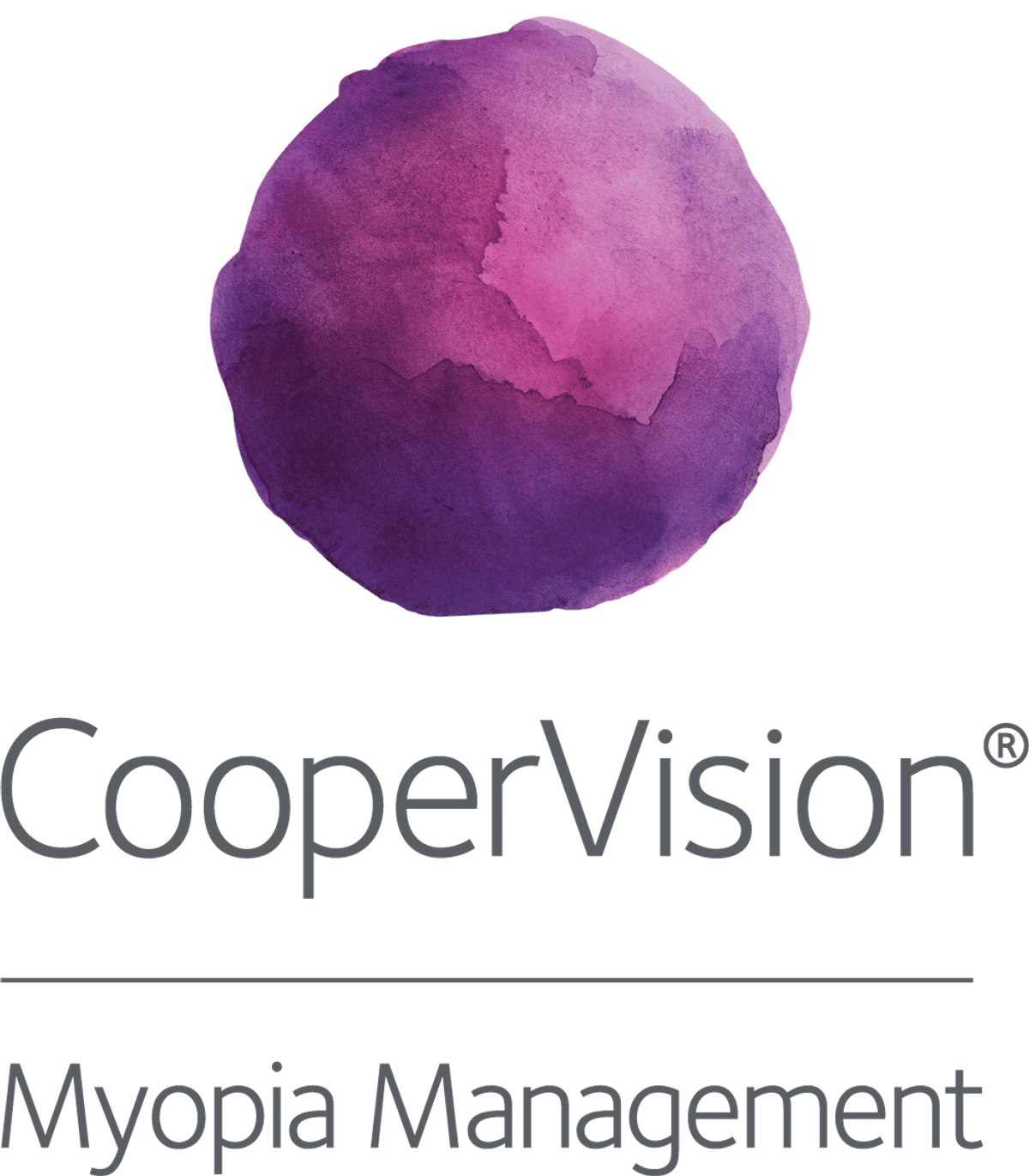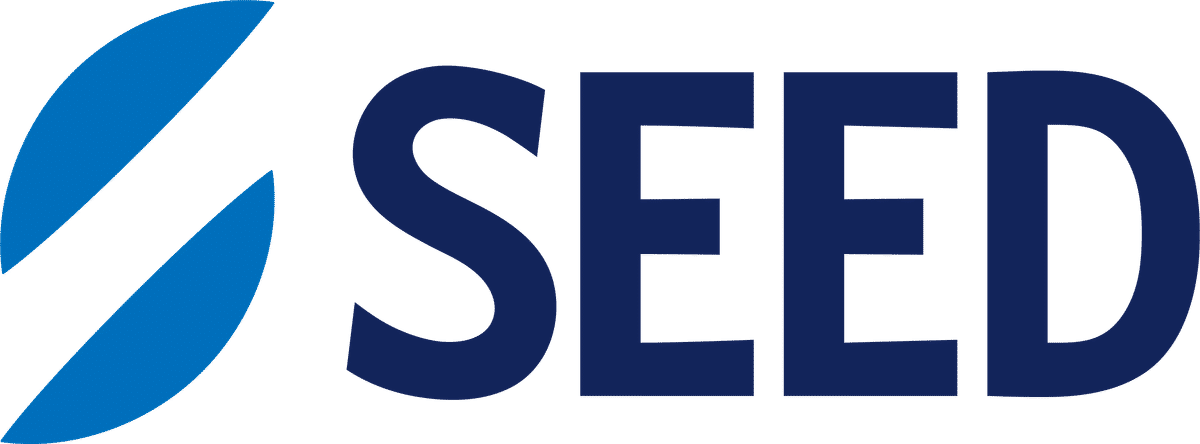Science
AAO Recap #1 – Updates in Myopia Management

In this article:
This article focuses on what we learnt and shared from lectures we attended across the American Academy of Optometry (AAO) annual meeting in Boston, USA which was held from the 8th to 11th October, 2025.
- Emerging Mechanisms and Milestones in Myopia Control
- Measuring Compliance: Are Kids Really Wearing Their Spectacles?
- Identifying Risk Before Myopia Starts
- Myopia Today and Tomorrow
- Myth-Busting in Myopia Management
- Honouring Donald Mutti: A Lifetime of Curiosity and Contribution
- The International Myopia Institute 2025 Update
- Final thoughts
Myopia Profile was on the ground at the American Academy of Optometry (AAO) 2025 annual meeting in Boston, USA, where clinicians and researchers from around the world came together to share all the newest in eye care. From lectures to paper sessions, the research in myopia management spanned spectacle and contact lens treatments, pharmacological treatments, compliance, and risk prediction. Across ten updates, we brought you the most important developments in myopia and clinical practice. This article is part 1 of a series of 3 bringing together lecture and research summaries, along with Myopia Profile's contribution at AAO. This article focuses on what we learnt and shared from lectures we attended across the meeting.
Emerging Mechanisms and Milestones in Myopia Control
New research presented at AAO 2025 continues to reshape our understanding of how myopia control treatments work — and how access to these treatments is expanding globally.
- MiSight 1 day contact lenses may not act solely through peripheral myopic defocus as once thought. Short-term data showed it didn’t create the expected peripheral myopic defocus compared to single vision soft contact lenses, but rather relative hyperopic defocus. There was a theory that the myopia control effect may actually be through modulating retinal contrast, rather than defocus.
- In a major regulatory development, Essilor Stellest lenses received FDA market authorisation in September 2025, marking a milestone that opens up myopia-control spectacle lenses to children in the United States.
- The SYD-101 (Sydnexis) atropine drops are showing promise. The Phase 3 trial tested 0.01% and 0.03% concentrations — 0.03% showed good efficacy, with a shelf-stable formulation (compounded atropine typically has a short shelf-life). However, we now know that the FDA issued a Complete Response Letter (CRL) to Sydnexis indicating their New Drug Application for SYD-101 was not approved in its current form.
- ST-100 (PolyCol) is a collagen-mimetic peptide eye drop currently in Phase 3 trials for dry eye disease. It repairs damaged collagen and restores nerve signalling in the cornea. Since it can also work on the sclera, it may one day have applications in myopia control
Measuring Compliance: Are Kids Really Wearing Their Spectacles?
A study led by Philip Morgan (pictured in the middle with Kate Gifford and Jeanne Saw from Myopia Profile) and co-authors from The University of Manchester explored how well children wear their myopia control spectacles — a factor known to be critical for achieving optimal treatment outcomes.
To objectively track compliance, the researchers attached miniature temperature sensors to spectacle frame temples. These sensors, commonly used in dental devices like dentures, provided an accurate measure of wear time across four clinical sites in the United Kingdom. The study included 53 children aged 7–15 years, all of whom had been wearing their prescribed myopia control spectacles for at least three months prior to the trial. Over a four-month monitoring period, several interesting patterns emerged:
- Girls were more compliant than boys, wearing their spectacles around 1.5 hours longer per day on average.
- Teenagers were less consistent wearers than younger children.
- Lower myopes also showed lower compliance overall.
As an example, Morgan noted that an 8-year-old girl was 97% compliant, compared with 68% in a 13-year-old boy.
Given that wearing time is fundamental to myopia control efficacy, these results highlight that boys, older children, and those with lower myopia may need closer support and motivation to maintain consistent wear. In some cases, contact lenses might even be a better option to improve daily compliance and can be considered.
Identifying Risk Before Myopia Starts
Fuensanta A. Vera-Diaz and co-authors are running the PICNIC (Preventing myopia, Investigation Contributing factors to Near-sightedness In Children) study which looks whether ocular and visual characteristics can differentiate between kids at low and high risk of myopia. Children (n=92) aged on average 7.5 years were classified as low risk or high risk for myopia at baseline, based on parental myopia and baseline refraction, and found:
- Children at high risk had less higher order aberrations and less positive spherical aberration (recall some level of aberrations are useful for depth of focus), more negative relative peripheral defocus and lower optical quality, especially in the central and parental retina.
With static and dynamic measures, higher accommodative responses and amps were found in children with low risk. Fuensanta said that each 1.00D decrease in accommodative response was associated with 15x odds myopia. Lag of accommodation was similar between groups. However, the effect size was small and relative to the level of refraction. This means that while accommodation may play a role in myopia development, the influence is secondary to refractive error and age. None of the children in the low-risk group developed myopia.
You can read more about the baseline information in the PICNIC study here.
Myopia Today and Tomorrow
This symposium at the American Academy of Optometry 2025 showcased the latest developments in understanding, preventing, and managing myopia. Key discussions included:
- Myopia development and risk factors – Lisa Ostrin from the University of Houston discussed the mechanisms of emmetropization and the genetic and environmental influences on myopia onset. Although we have theories on how myopia develops, we still have not precisely nailed down what and where in the signalling cascade causes axial length elongation to continue.
- Atropine therapy – Safal Khanal from the University of Alabama at Birmingham reviewed atropine randomized controlled trials, combination treatment strategies, and clinical considerations including dosage, side effects, and cost-effectiveness. Safal highlighted the variability of compound atropine, with one study showing that 25% of compounded 0.01% atropine had less than 90% of minimum target concentration. Commercially produced formulations are being investigated as a solution to this problem.
- Contact lens–based management – Melanie Frogozo, owner of Alamo Eye Care, compared optical designs in contact lenses including dual-focus, extended depth of focus, and ortho-k lenses. She emphasized the importance of patient safety, fitting strategies and parental engagement.
- Spectacle lens technologies – Debbie Jones from the Centre for Ocular Research & Education (CORE) at the University of Waterloo looked at the evidence for DIMS, HAL, DOT and CARE spectacle lens designs. She added that pre-myopia is part of the continuum of myopia and the earliest we should be intervening is when we’ve identified children as pre-myopes. Along with visual environment advice, myopia control spectacles lenses such as the HAL lens
1 and/or atropine can be useful for delaying the onset of myopia.
In discussion, an audience member asked when to consider discontinuing treatment. Debbie suggested this may be appropriate once refraction has been stable for at least two years and the child is at an age when further progression is unlikely, though around 50% of myopes still progress beyond 15 years. Melanie added that future visual demands—such as upcoming periods of intensive study—should also inform this decision.
Myth-Busting in Myopia Management
Leading American myopia educators David Kading (right) and Kevin Chan (left) explored solutions to common incorrect beliefs in clinical myopia management. Here were some key takeaways from this session - each starting with the myth, and then the myth busting.
- “Orthokeratology is difficult to fit.” David said that while 20/20 (or 6/6) is ideal, given higher order aberrations are more correlated with ortho-k’s myopia control effect than acuity then if acuity is 20/25 (6/7.5) or even 20/30 (6/9.5) then this may be acceptable if the child is happy with their vision and their eyes are healthy.
- “Myopia management is too expensive.” Kevin said to let parents decide on their own balance of cost vs value. Value is connected to their experience and relationship with you as an eye care practitioner.
- “Myopia management cannot be profitable.” In their U.S. practices, David and Kevin use global, all-inclusive one- or two-year fees—reflecting that the most important years in a child’s myopia management are always the next two. Dave demonstrated how modelling revenue per encounter over a year can guide appropriate global fee setting based on expected visits. He emphasised that after investing significant time in developing myopia expertise, clinicians must appropriately value their clinical time. For families who genuinely cannot afford care, he suggested options such as a scholarship fund or a structured model where those who can pay help support those who cannot.
- “I don’t have enough time.” David noted that the primary barrier is psychological rather than time-related. Healthcare research indicates that only 30–50% of clinicians feel confident in their counselling skills. He recommended practicing explanations with AI to refine messaging, while also emphasising the importance of investing in staff training and strong practice systems.
- “Low myopia doesn’t warrant treatment.” Kevin emphasised that young children with low myopia are on a trajectory for rapid progression; treatment here is warranted.
- “Young kids won’t be compliant.” Kevin highlighted that compliance is driven by proactive, inclusive communication rather than a child’s age. Fear-based messaging and rigid instructions are ineffective; instead, rapport, shared understanding, and accountability are what support long-term adherence.
Honouring Donald Mutti: A Lifetime of Curiosity and Contribution
Friday’s program at AAO 2025 began with the presentation of the Charles Prentice Award to Donald Mutti (pictured above right), recognising his outstanding contributions to vision science and myopia research. The session opened with tributes from colleagues and mentees — including Karla Zadnik, Jeffrey Walline, and David Berntsen — who celebrated Don’s hallmark “terminal curiosity,” and meticulous approach to research.
In his award lecture, Don reflected on the origins of his research journey, beginning with a handwritten page of myopia-related questions posed by Tony Adams in the late 1980s — many of which he and his collaborators have since answered through decades of work. He revisited the monumental findings from the CLEERE study, which transformed understanding of myopia prediction, ocular component changes, and the role of outdoor time in prevention. The extensive body of CLEERE publications remains one of the most influential foundations of modern myopia research.
Looking ahead, Don identified several enduring mysteries that continue to challenge researchers — including the mechanisms underlying myopia control, why outdoor time appears more protective against onset than progression, how peripheral eye growth patterns differ between treated and untreated eyes, and the potential impact of very early near work. He concluded by expressing a wish for “two or three more careers” to continue exploring these unanswered questions — a testament to his relentless scientific curiosity.
The International Myopia Institute 2025 Update
The final myopia-focused session at AAO 2025 featured an expert panel of Debbie Jones, James Wolffsohn, Elise Harb, Christine Wildsoet, and Tim Fricke (pictured from left to right), who presented highlights from the latest International Myopia Institute (IMI) white papers and survey findings.
James Wolffsohn opened the session with an overview of global trends in myopia management attitudes and prescribing behaviours. Data from four surveys conducted over the past decade showed steady increases in the adoption of myopia management strategies. However, single-vision lenses remain prescribed to one in three myopic children—and likely more in real-world practice, given that those not active in myopia management most likely did not participate in the survey. Notably, 15% of respondents still reported using under-correction at least some of the time, despite evidence showing it offers no myopia control benefit and may even accelerate progression. Encouragingly, most respondents reported that integrating myopia management into practice improved patient loyalty, revenue, and professional satisfaction.
Debbie Jones then discussed the IMI paper she chaired on instrumentation for myopia management, covering both optical and structural assessment tools. She noted that closed-field autorefraction is the least accurate method for measuring refraction and cautioned clinicians to be alert for pseudomyopia or overestimation in non-cycloplegic results. While advanced instrumentation enhances the overall clinical picture, Debbie emphasized that effective myopia management can still be achieved with the tools available in most practices.
Elise Harb followed with a concise overview of the new 45-page IMI white paper on light and myopia development. She explained that while extensive animal and human research have not yet led to specific clinical recommendations, it has clarified several important avenues for future investigation. These include diurnal light exposure patterns, circadian rhythm and sleep effects, spectral composition, light intensity, and duration of exposure. Elise also highlighted the emerging role of wearable technology to objectively measure both the intensity and duration of light exposure, providing valuable data for ongoing research.
Tim Fricke provided an update on global myopia prevalence trends, noting that recent data largely align with the projections made by Holden et al. (2016). He discussed how local factors—such as school environment, urban versus rural living, and cultural norms surrounding outdoor activity—continue to shape prevalence even within individual countries.
Finally, Christine Wildsoet reviewed the newly released IMI Interventions paper. Using a 0.3 mm annual axial elongation threshold to gauge efficacy, several spectacle and contact lens designs, along with higher concentrations of atropine, met the benchmark. In contrast, only one study using 0.01% atropine reached that threshold. Christine also discussed repeated low-level red-light therapy as a promising and emerging approach, while cautioning that robust side effect monitoring is still needed. Surgical interventions such as posterior scleral reinforcement and macular buckle remain rare. She concluded by noting the growing ethical challenges in clinical trial design, as withholding treatment from control groups becomes increasingly untenable given the established effectiveness of existing interventions.
Final thoughts
AAO 2025 showcased the remarkable pace of progress in myopia science and clinical practice. Across every session, a consistent message emerged: the future of myopia care lies in early intervention, evidence-based treatment, and ongoing collaboration between clinicians, researchers, and educators. As understanding deepens and access to proven interventions expands, the goal of improving lifelong eye health for children with myopia feels closer than ever.
Meet the Authors:
About Jeanne Saw
Jeanne is a clinical optometrist based in Sydney, Australia. She has worked as a research assistant with leading vision scientists, and has a keen interest in myopia control and professional education.
As Manager, Professional Affairs and Partnerships, Jeanne works closely with Dr Kate Gifford in developing content and strategy across Myopia Profile's platforms, and in working with industry partners. Jeanne also writes for the CLINICAL domain of MyopiaProfile.com, and the My Kids Vision website, our public awareness platform.
References
Enormous thanks to our visionary sponsors
Myopia Profile’s growth into a world leading platform has been made possible through the support of our visionary sponsors, who share our mission to improve children’s vision care worldwide. Click on their logos to learn about how these companies are innovating and developing resources with us to support you in managing your patients with myopia.












